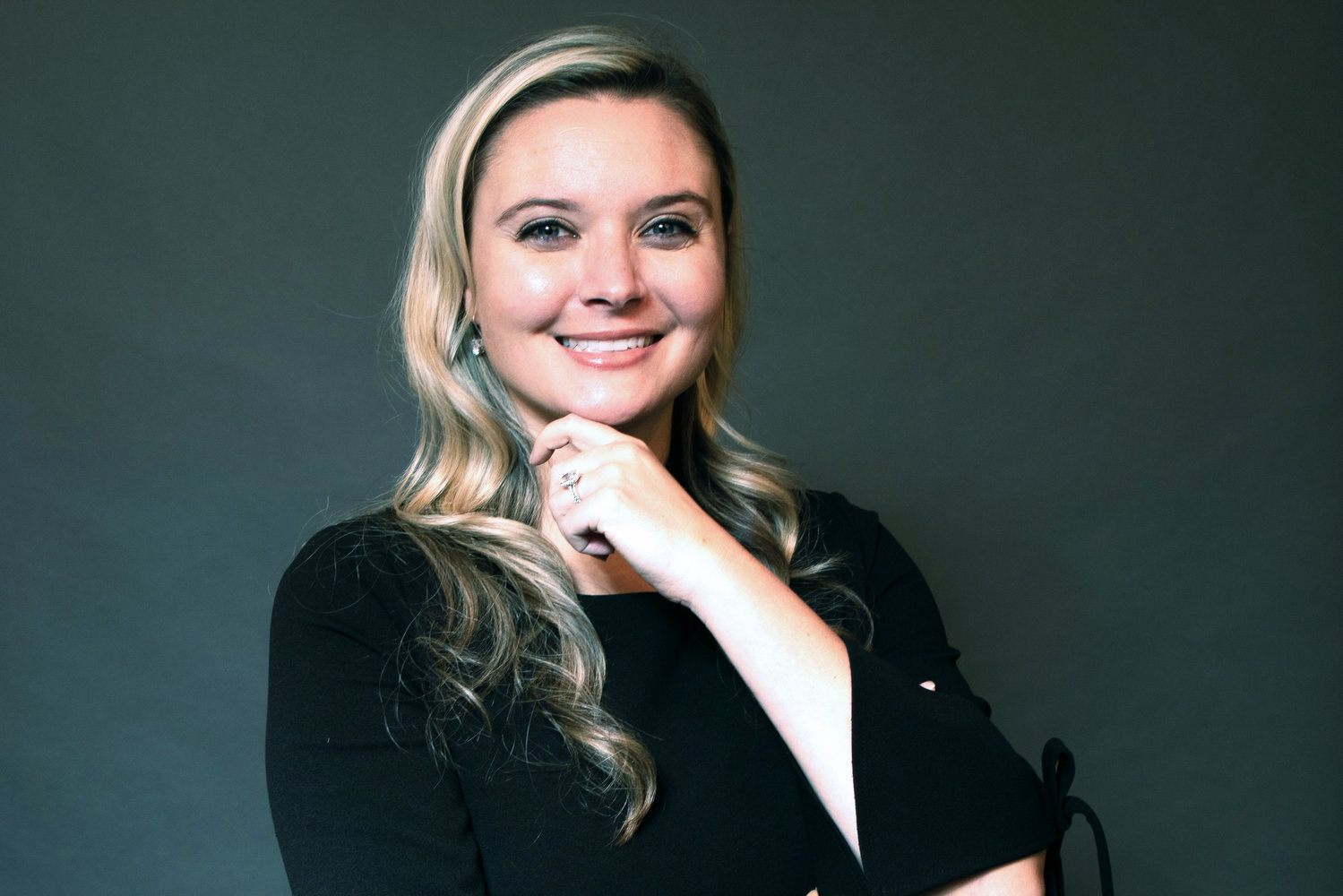YOUR BUSINESS AUTHORITY
Springfield, MO
YOUR BUSINESS AUTHORITY
Springfield, MO

Jessica Harmison-Olson, a partner in Maxon Fine Jewelry and volunteer leader with The Network young professional program, is the guest for Citizen Inc., Episode 8, from SBJ Podcasts. The following Q&A is from the show, co-hosted by Springfield Business Journal’s Eric Olson and United Way of the Ozarks’ Greg Burris and recorded at ADsmith Studio.
Eric Olson: What’s the mindset for YPs today as it relates to corporate citizenship?
Jessica Harmison-Olson: We think it’s extremely important. It’s how we connect with our community. It’s where we find our passion. We want to make a positive social impact. What better way to do that than through corporate citizenship? There’s ethics involved in that. There are so many nonprofits in our area, so one way we can make an impact and feel that passion is through some of those. With me representing The Network, we have over 450 young professionals in the area. There are so many opportunities for us to feel that relationship with our community and not only does that help us personally, but professionally. Employers then can retain those employees that feel that connection to our community.
Olson: Why is it more important for your generation?
Greg Burris: It’s different than my generation.
Harmison-Olson: It is. We just want to make a difference, and I think part of that is we’re given the opportunity. Young professionals have the ability to have a seat at “the table” now. We’re given the opportunities by those experienced professionals to let us help make decisions. They understand that if we feel connected, we’re going to stay in our community, make it a better place for future generations. And therefore stay in our employers’ positions and move up that corporate ladder. And help the next generation of employees and our children make a difference. We want to see that as we’re driving around the community: Hey, I was a part of that board, we built that building, or we created that park. What an awesome legacy to leave behind.
Olson: There’s a hiring component in this. You’re a business owner and a young professional. What have you observed as you’ve hired those in this generation? Is it a difference-maker between accepting a job or not?
Harmison-Olson: Absolutely. One of the top three questions future employees want to know is what does the culture look like. Yes, pay is important. It’s very competitive right now in our market. But what are those added benefits they get that’s going to make them want to work there? An example is through The Network, we get to meet with the chamber board. Those are all experienced professionals. They want to know how can we as business owners attract and retain young professionals. We give them ideas: Maybe you give X amount of dollars to your employee and say we’re going to donate to this charity of choice of yours or we’re going to sponsor a table at a charity event. I had a recent hire, (and) one of her questions was do I have time to go to Rotaract. It was important enough to me and Maxon that we say, yes, we want you in groups like Rotaract, getting involved with other people your age but also giving back to the community. As there are volunteer opportunities, I want her to go and feel connected. I think, in turn, that creates loyalty to the employer and loyalty to the community.
Burris: I think the communities that are going to be winners over the next 20 years are those that figure out how to best engage. We call it civic matchmaking – so, how do we find out what Jessica is passionate about and connect her to something in the community that needs to be done? She loves it; it touches her heart. That’s when we win.
Harmison-Olson: To that point, we have grown up with social media. Therefore, creating that fear of missing out as we’re posting about it – Hey, look what we’re doing. We’re helping this group. We’re tagging. And then we have our followers, and they think, I want to be part of that, too; it’s a great cause.
Burris: Have you heard any stories from people who say we’ve been trying to do this and the boss won’t let us?
Harmison-Olson: Somebody recently at an event said I wish people would go to work, show up, do their job and leave. As a business owner, I completely understand that because employees are the hardest part of any business. But I think there’s a generational shift that’s happening. Employees and employers are seeing that, and the ones that do adapt are thriving. And those that aren’t, it’s a little more difficult to find employees, and that’s not where you want to be today.
Missouri State University’s science building, built in 1971 and formerly called Temple Hall, is being reconstructed and updated.